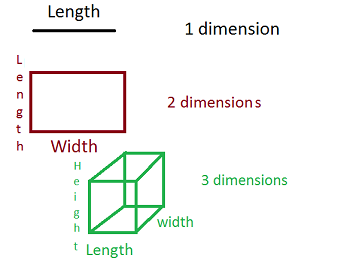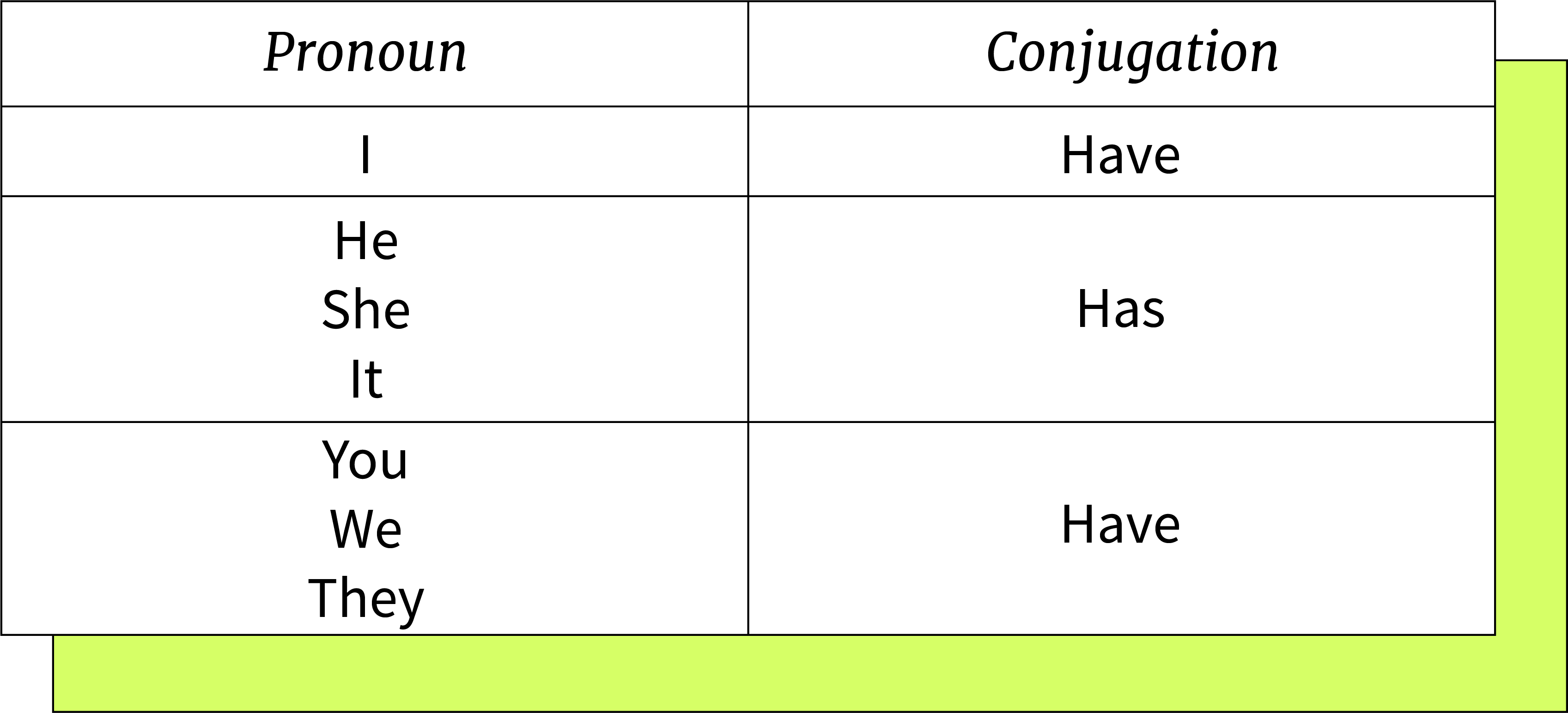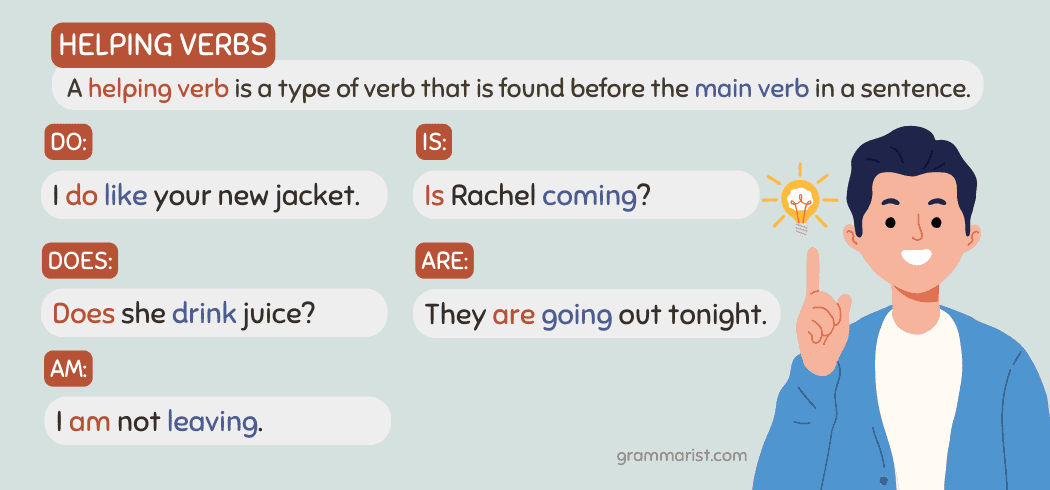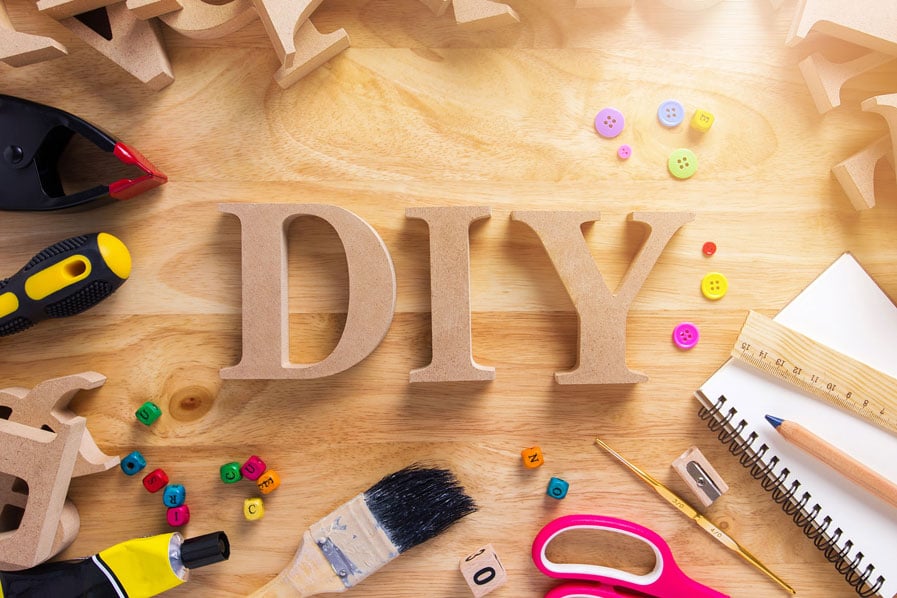Maximizing Profit and Valuing Your Heating & Air Conditioning Business: Strategies for Success
Introduction
The heating, ventilation, and air conditioning (HVAC) industry is both competitive and rewarding, offering substantial opportunities for business owners who approach it strategically. Maximizing profit and accurately valuing an HVAC business requires a blend of smart pricing, operational efficiency, customer retention, and financial discipline. This guide explores actionable, step-by-step methods for making money in heating and air conditioning and provides a detailed roadmap for valuing your business in today’s market.
1. Smart Pricing Strategies for Long-Term Profitability
Establishing the right pricing structure is fundamental to profitability. Successful HVAC businesses start by calculating all job costs-including labor, materials, overhead, and desired profit margins-before presenting estimates to clients. The most effective companies avoid blindly matching competitors; instead, they focus on value-added services such as maintenance contracts and extended warranties. According to industry experts, top-performing HVAC firms achieve gross profit margins of 50-55% and net profits above 20%, while many struggle at 2-3% due to under-pricing and inefficiencies [1] . To ensure profitability:
- Calculate your target net profit margin and work backward to set your price book.
- Regularly review market rates, but differentiate your services through quality and unique offerings.
- Use detailed, comprehensive estimates that include all project components, timelines, and terms [2] .
Example: A business owner who shifted from cost-plus pricing to a margin-based model saw consistent 10% net profits year-over-year, compared to previous years with minimal gains.
2. Operational Efficiency: Streamlining Processes to Boost Earnings
Efficient operations are essential for maximizing profits. Key areas include inventory management, dispatch logistics, and administrative overhead. Inefficient processes, such as unorganized trucks or excessive admin staff, drain resources and reduce margins. Implementing real-time job costing and route optimization software can immediately improve profitability [1] . To optimize operations:
- Adopt inventory management tools to track parts in real time and automate reordering [2] .
- Use scheduling and dispatch software to reduce travel time, fuel costs, and repeat trips.
- Maintain a healthy support staff ratio-ideally one admin per five technicians or fewer-to avoid unnecessary overhead.
Example: An HVAC business implemented digital scheduling and inventory tracking, reducing truck rolls by 15% and cutting parts shortages by half, resulting in a notable profit margin increase.
3. Customer Retention and Recurring Revenue
Establishing long-term relationships with clients is a reliable way to ensure steady income. Maintenance contracts, annual service agreements, and value-added offerings (such as indoor air quality assessments) generate recurring revenue and help smooth cash flow throughout the year [3] . To build loyalty and repeat business:
- Offer multi-year maintenance plans with incentives for early sign-up or renewal.
- Encourage online reviews and word-of-mouth referrals through loyalty programs and exceptional service.
- Follow up with customers after installations or repairs to offer additional services and gather feedback.
Example: A contractor who introduced a maintenance club increased customer retention by 30% and boosted off-season revenues by 20%.
4. Leveraging Technology for Efficiency and Growth
Modern HVAC businesses utilize technology to automate administrative tasks, manage schedules, and track financial performance. Service software can streamline billing, invoicing, customer communications, and more, allowing you to focus on growth and customer service [3] . Consider the following steps:
- Adopt HVAC-specific management software for dispatch, invoicing, and customer records.
- Implement mobile tools that allow technicians to access job information and process payments in the field.
- Use analytics dashboards to monitor KPIs such as gross margin, sales per job, and technician productivity [4] .
Alternative approach: For smaller businesses, starting with simple invoicing or scheduling tools can still yield significant efficiency gains before investing in a comprehensive platform.
5. Marketing and Lead Generation
Effective marketing is crucial for expanding your customer base and boosting revenue. Local SEO, positive online reviews, referral incentives, and targeted advertising all play significant roles. To generate more leads and convert them to sales:
- Claim and optimize your business profiles on popular review sites and business directories.
- Encourage satisfied customers to leave reviews and refer friends or family.
- Invest in local digital marketing, such as Google Ads and location-based SEO strategies.
- Network with real estate agents and property managers to become their go-to HVAC provider.
Example: A local HVAC firm that focused on collecting Google reviews and running seasonal promotions saw a 40% increase in inbound leads over twelve months.
6. Financial Discipline: Monitoring Margins and Planning for Growth
Regularly tracking financial performance is key to sustainable profitability. Analyze revenue, gross margin, and net profit by department and set annual growth targets. Carefully monitor cash flow, minimize unnecessary expenses, and plan for future investments in equipment or personnel. Industry data shows that HVAC business owners can earn over $300,000 annually, with typical profit margins of 5-10%-higher for well-managed firms with strong customer bases [5] .
Action Steps:
- Conduct monthly reviews of all key financial metrics.
- Set clear profit and growth goals for each department.
- Adjust pricing, staffing, and marketing efforts based on performance data.
Potential challenge: New businesses may experience slow profit growth until they establish a loyal client base. Consider offering introductory promotions to speed up customer acquisition.
7. How to Value a Heating and Air Conditioning Business
Valuing an HVAC business involves assessing several critical factors, including historical earnings, asset values, customer base, and future earning potential. Common valuation methods include:
- EBITDA Multiples: Many HVAC businesses are valued based on a multiple of Earnings Before Interest, Taxes, Depreciation, and Amortization (EBITDA). Multiples typically range from 3x to 6x, depending on profitability, growth trends, and market demand.
- Asset-Based Valuation: Calculates the value of all tangible and intangible assets, including equipment, vehicles, inventory, and customer contracts.
- Comparable Sales: Analyzes recent sales of similar businesses to estimate market value.
For a more precise valuation:
- Gather and review three years of financial statements, tax returns, and cash flow reports.
- Document all physical assets and current inventory.
- Analyze the customer base for recurring contracts and growth potential.
- Consult with a business broker or certified appraiser experienced in the HVAC sector.
Alternative approach: If you are considering selling, some organizations and industry brokers provide free initial business valuations based on submitted information. Always verify the credentials of any service provider before sharing financial details.
8. Accessing Resources and Next Steps
If you are looking for templates, software, or professional valuation services, you can:
- Search for “HVAC business management software” to compare features and reviews on established technology sites.
- Contact your local Small Business Development Center (SBDC) for guidance on business valuation and financial planning.
- Look for professional HVAC associations, such as the Air Conditioning Contractors of America (ACCA), for industry benchmarks and networking opportunities.
- Consult with a certified public accountant (CPA) who specializes in service industry businesses for financial analysis and valuation.
For more information, consider searching for business brokers in your region with experience in HVAC sector transactions, and use authoritative resources for market and financial data.

Source: exatasresolve.com.br
Conclusion
Building a profitable heating and air conditioning business requires strategic pricing, operational efficiency, strong customer relationships, and diligent financial management. Accurate business valuation is critical for succession planning, sale, or expansion. By following these evidence-based strategies and leveraging industry resources, you can achieve sustainable growth and maximize the value of your HVAC business.

Source: semprebem.paguemenos.com.br
References
- [1] ShareWillow (2025). HVAC Profit Margins 101: Benchmarks and Proven Ways to Boost.
- [2] Beam (n.d.). How to Grow Your HVAC Business: Strategies for Success.
- [3] FieldEdge (2025). 7 Tips for Running a Profitable HVAC Business.
- [4] ServiceTitan (2023). Understanding HVAC Profit Margins & How to Improve Them.
- [5] MoonInvoice (2024). How to Grow HVAC Business in 2025? (6 Simple Strategies).
MORE FROM eboxgo.com













